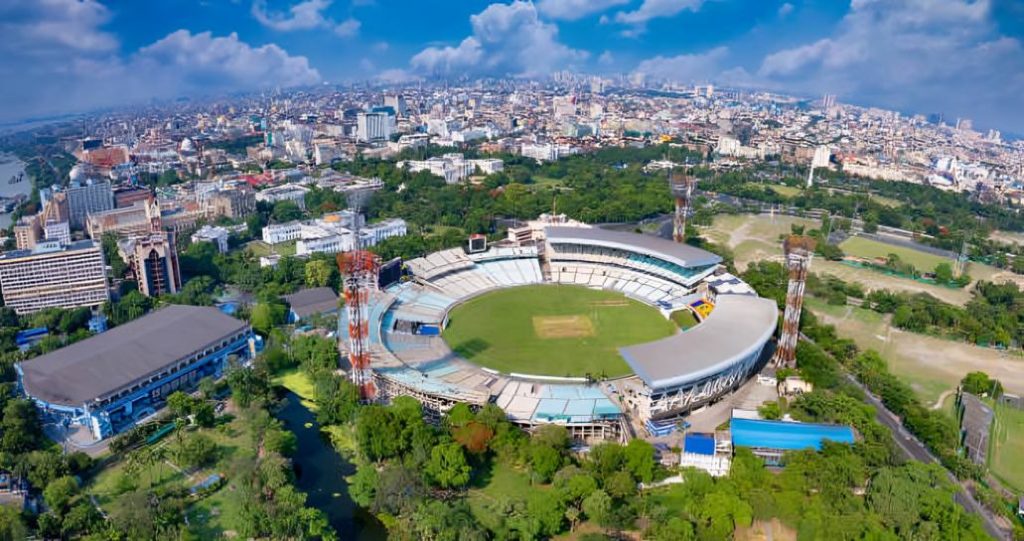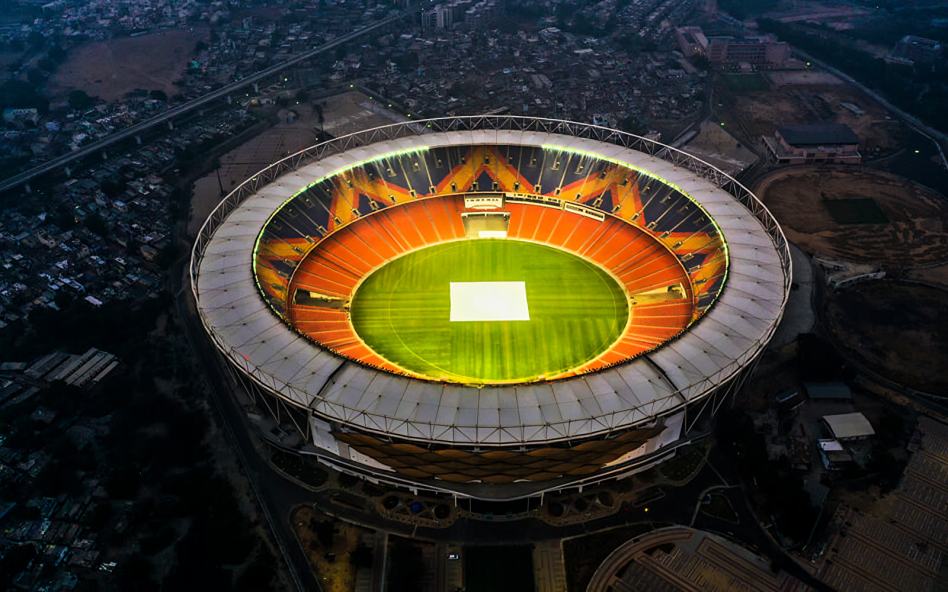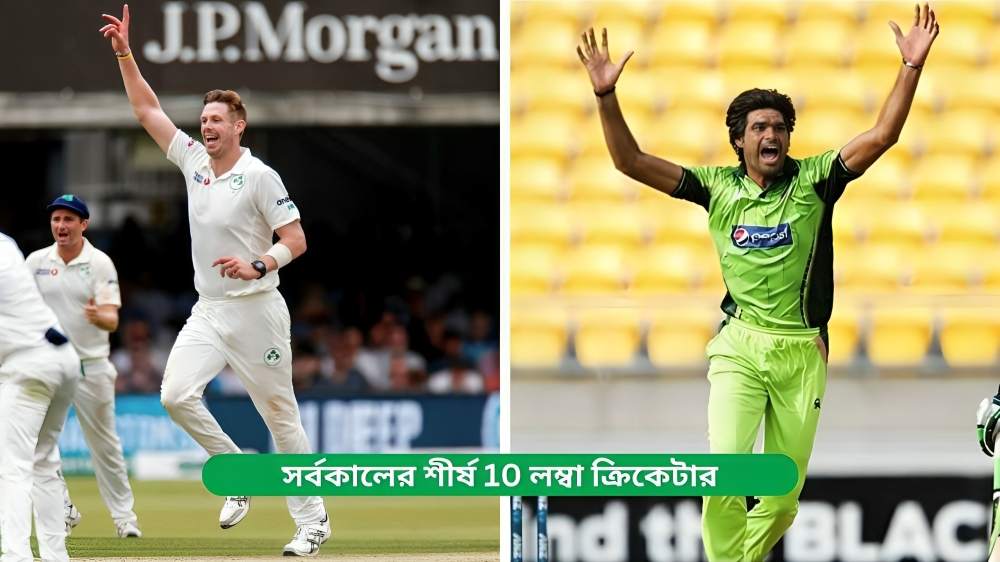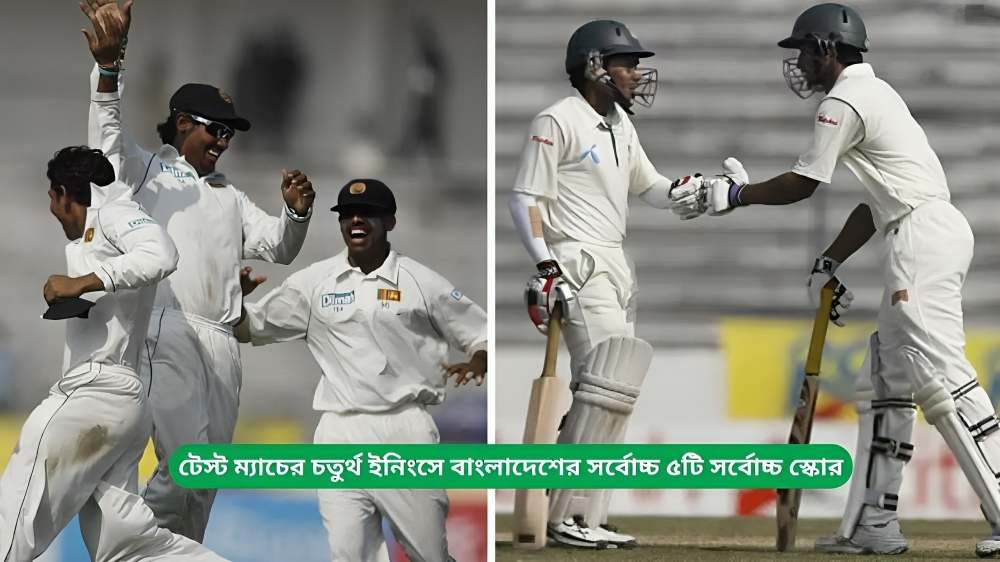The Eden Gardens in Kolkata is the largest cricket ground in India by boundary length. The straight boundaries stretch up to 75 meters, while the square boundaries can extend to 80 meters. Known for its historic significance and passionate crowds, Eden Gardens remains one of the most iconic stadiums, offering a balanced pitch and thrilling matches over the years.
Table of Contents
1. The Eden Gardens Cricket Ground

The Eden Gardens in Kolkata is the largest cricket ground in India by boundary length and one of the most iconic stadiums in the world. Established in 1864, it holds a prominent place in cricket history due to its size, atmosphere, and rich legacy.
Boundary Length:
- The straight boundaries at Eden Gardens stretch up to 75 meters (246 feet), making it one of the longest in the country.
- The square boundaries are even more expansive, reaching 80 meters (262 feet), which adds to the challenge for batsmen to hit sixes. The vastness of the outfield is a defining feature of this historic ground.
Historic Significance:
Eden Gardens has been the venue for some of the most memorable matches in cricket, including the 1987 Cricket World Cup Final and the 2011 ICC Cricket World Cup semi-final. The stadium is also known for hosting several historic Test matches, ODIs, and T20s, and has witnessed numerous cricketing legends such as Sourav Ganguly, Sachin Tendulkar, and Ricky Ponting grace its field. Sourav Ganguly’s iconic moment of waving the Indian flag at the balcony after India’s victory in the 2002 NatWest Trophy final is one of many unforgettable memories etched into the stadium’s legacy.
Atmosphere and Crowds:
Eden Gardens is famous for its electric atmosphere and passionate crowds, often described as the “12th man” for the Indian team. The enthusiastic supporters create an intimidating environment for visiting teams, making it one of the most sought-after venues for international cricket.
Modern Renovations:
In recent years, the stadium has undergone significant renovations to improve spectator facilities, enhance player amenities, and modernize infrastructure, ensuring it remains at the forefront of international cricket venues.
Pitch and Conditions:
The pitch at Eden Gardens is known for offering a fair contest between bat and ball. Early on, fast bowlers get assistance with bounce, while the pitch generally becomes more favorable for spinners as the match progresses.
Eden Gardens’ long boundary, rich history, and passionate fans make it not only the largest cricket ground by boundary length in India but also one of the most prestigious and revered cricketing venues in the world.
Cultural and Emotional Importance:
Eden Gardens is often referred to as the “Mecca of Indian cricket” due to its deep connection with the sport and its place in the hearts of cricket fans. The stadium has become a symbol of Indian cricketing pride. Its passionate crowds, often referred to as the “12th man,” create an intimidating environment for visiting teams.
Other Large Grounds in India:
While Eden Gardens holds the title for the longest boundary lengths, other stadiums in India like the Narendra Modi Stadium in Ahmedabad (which holds the record for the largest stadium capacity) also feature long boundaries. However, Eden Gardens remains the standout for its historical legacy, iconic status, and boundary lengths.
2. The Narendra Modi Stadium

The Narendra Modi Stadium in Ahmedabad, India, holds the title of the largest cricket stadium in the world by seating capacity and is one of the most impressive venues in international cricket.
Size and Capacity:
- Seating Capacity: The stadium has an astounding 132,000 seats, making it the largest cricket stadium globally in terms of seating capacity. This surpasses the previous record holder, the Melbourne Cricket Ground (MCG), which has a capacity of 100,000.
- Ground Dimensions: The boundary length at the Narendra Modi Stadium varies depending on the specific match and ground setup but typically ranges between 70 to 80 meters (230-262 feet). While the boundary length is large, it is generally comparable to other international cricket grounds designed for competitive play, with a focus on offering a fair contest for both batsmen and bowlers.
Location and History:
Situated in Motera, Ahmedabad, in the state of Gujarat, the stadium is part of the Sardar Vallabhbhai Patel Sports Complex and is easily accessible for both domestic and international fans. The stadium was reopened in 2020 after a major redevelopment and was officially renamed the Narendra Modi Stadium in honor of India’s Prime Minister, Narendra Modi, who hails from Gujarat.
Modern Infrastructure and Features:
- State-of-the-Art Facilities: The stadium features modern infrastructure, including luxury boxes, clubhouses, and VIP suites. It is equipped with high-end facilities for players, including modern dressing rooms, practice areas, and medical rooms.
- Floodlighting and Technology: The stadium boasts high-quality floodlighting for night matches and is fitted with the latest broadcasting technology, ensuring a top-tier viewing experience for global audiences.
- Revolutionary Pitch Design: The playing surface at Narendra Modi Stadium is designed to offer a balanced contest between bat and ball. The pitch is known to be batsman-friendly, offering good bounce and carry for fast bowlers, with spinners also having the opportunity to make an impact, particularly as the match progresses.
Major Events Hosted:
The stadium has hosted various significant international and domestic matches, including Test matches, ODIs, T20 internationals, and the Indian Premier League (IPL) matches. The ground has been the venue for high-profile games like the 2021 India-England Test series and the 2021 IPL Final.
In 2021, it hosted the World Test Championship Final between India and New Zealand, a key event in the cricketing calendar.
2022 also saw the stadium host the ICC Men’s T20 World Cup matches, reinforcing its importance as a leading international venue.
Legacy and Cultural Impact:
The Narendra Modi Stadium is not only a marvel of modern architecture but also a symbol of Indian pride and cricketing culture. The stadium has helped bring together millions of fans from across the globe, creating a vibrant and passionate atmosphere for both international and domestic cricket.
It has become a central hub for cricket in India, playing a major role in the sport’s growth in the region. The venue is likely to continue hosting major international events, contributing to the development and global appeal of Indian cricket.
Future Prospects:
The Narendra Modi Stadium continues to evolve, with plans for even better facilities and enhancements aimed at keeping it at the forefront of world-class cricket venues. The stadium’s sheer size, infrastructure, and iconic status ensure that it remains a landmark in the world of cricket, hosting numerous thrilling matches and events for years to come.
In conclusion, the Narendra Modi Stadium in Ahmedabad stands as a colossal achievement in the world of cricket stadiums. With its record-breaking seating capacity, modern infrastructure, and significant role in cricket history, it is a proud addition to India’s cricket legacy.













